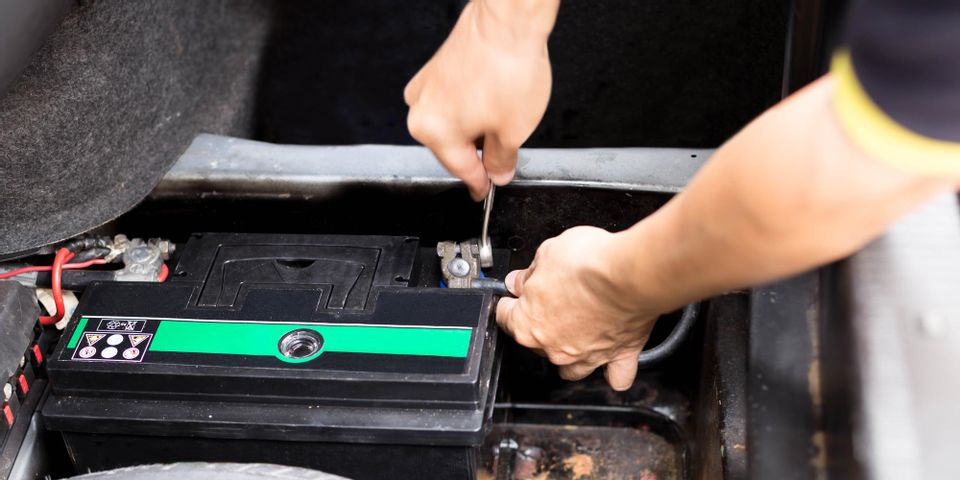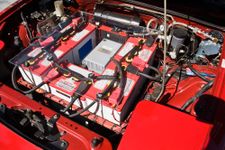Guide to Car Battery Recycling

According to Battery Council International, car batteries are recycled at a whopping rate of 90 percent, more often than aluminum cans, glass bottles, and newspapers. That's an encouraging sign that drivers, auto shops, and junkyards are recognizing the importance of recycling. But how does recycling car batteries work? Here's a concise guide to the process.
Guide to Recycling Your Car Batteries
The Materials Are Separated
The first step in the recycling process is the separation of the battery's individual materials. The plastic, which is found on the battery's outer casing, gets broken down and reused for new covers and cases. This prevents the unnecessary production of a material that takes hundreds of years to decompose on its own.
 The Lead Is Melted
The Lead Is Melted
The other primary material in batteries is lead, and it needs to be melted down to be reused. The lead is shaped into ingots and reused in the form of battery grids. It’s important that this process is handled by professionals, as melting lead gives off fumes that can be harmful to humans.
The Battery Acid Is Processed
Because of the sulfuric acid it contains, recycling battery acid is a procedure that must be handled with great vigilance and care. One of the main recycling processes for battery acid is a neutralization method that turns it into water, which is then circulated into sewer systems. The battery's sulfuric acid can also be converted to sodium sulfate, a versatile compound used in textiles and laundry detergent.
For well over a century, David Hirschberg Steel & Recycling has been a metal recycling center residents of the Tri-State area of Ohio, Kentucky, and Indiana have relied on. The facility pays cash for a variety of metals, including aluminum, copper, stainless steel, and iron, and offers on-site fabrication services. Visit the center's website to learn more about its scrap metal recycling services, or call the recycling team directly at (513) 821-0514.
About the Business
Have a question? Ask the experts!
Send your question

